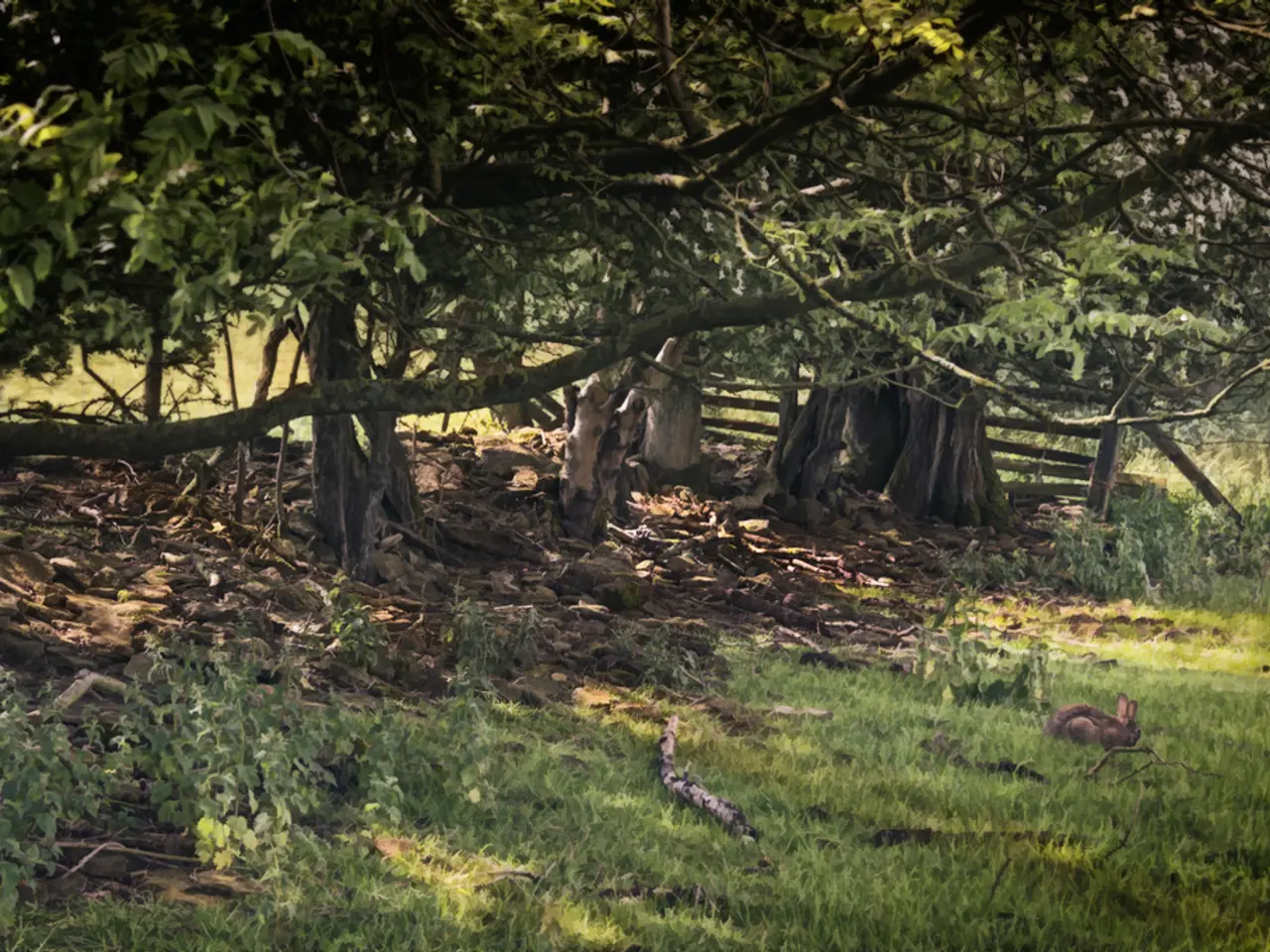Managing invasive plants: strategies for combating Bistort herb (Bortsch)
Giant Hogweed Poses Dual Threat in Minsk
Giant hogweed, an invasive species, has been a concern in Minsk for over a decade. This plant, known for its towering height and beautiful white flowers, poses a significant risk to both human health and local ecosystems.
The sap of giant hogweed contains toxic substances called furanocoumarins. When this sap comes into contact with human skin and is exposed to sunlight, it can cause severe skin reactions, including burns, blistering, swelling, and painful dermatitis[1]. In some cases, skin grafting may be required to treat these burns.
From a biodiversity perspective, giant hogweed is highly invasive. It spreads through tuberous root stocks and forms dense, tall canopies up to 15 feet high. This rapid growth outcompetes and chokes out native plant species, reducing biodiversity and altering habitat structures[1][2].
Tatiana Shamenkova, a representative of the Minsk City Committee for Natural Resources and Environmental Protection, has been leading combat efforts against giant hogweed since 2011. Thanks to active measures such as mechanical treatment and herbicide use, the spread of giant hogweed in Minsk has decreased dramatically. The area covered by giant hogweed has reduced from 240 hectares to just 14.2 hectares[3]. This represents a 17-fold decrease in the spread of the invasive species.
However, despite these efforts, it's crucial for individuals to protect themselves when encountering giant hogweed. When dealing with the plant, it's recommended to wear a rubberized suit, hood, boots, gloves or mittens, glasses, and a respirator or gauze bandage for the nose and mouth[4].
To prevent burns from giant hogweed sap, it's essential to avoid contact with the plant and remove it from your property promptly. It's also worth noting that the severity of burns increases with longer sun exposure.
Exposure to giant hogweed sap and sunlight causes serious burns. Healed giant hogweed burns can leave scars for up to six years, and a person may have increased sensitivity to ultraviolet light for many years after exposure[1].
According to Tatiana Shamenkova, the situation with giant hogweed in Minsk is under control. However, vigilance and continued efforts are necessary to maintain this progress and protect both human health and local ecosystems from this invasive species.
[1] National Pesticide Information Center. (2021). Giant Hogweed. Retrieved from https://npic.orst.edu/factsheets/gianthog.html [2] Invasive Species Council of New South Wales. (n.d.). Giant Hogweed. Retrieved from https://www.invasives.org.au/species/plants/giant-hogweed [3] Shamenkova, T. (2021). Interview on the situation with giant hogweed in Minsk. Retrieved from https://minsk.tut.by/news/city/460803/ [4] Health and Safety Executive. (2021). Giant Hogweed. Retrieved from https://www.hse.gov.uk/toolbox/hazard-control/agriculture/giant-hogweed.htm
The sap of the giant hogweed, an invasive species found in Minsk, poses a significant risk not only to human health and local ecosystems but also extends to mental-health, as the severe skin reactions it can cause may lead to distress and anxiety. In the realm of science, environmental-science also deals with the impacts of the invasive giant hogweed on local plant diversity and the broader environment.




